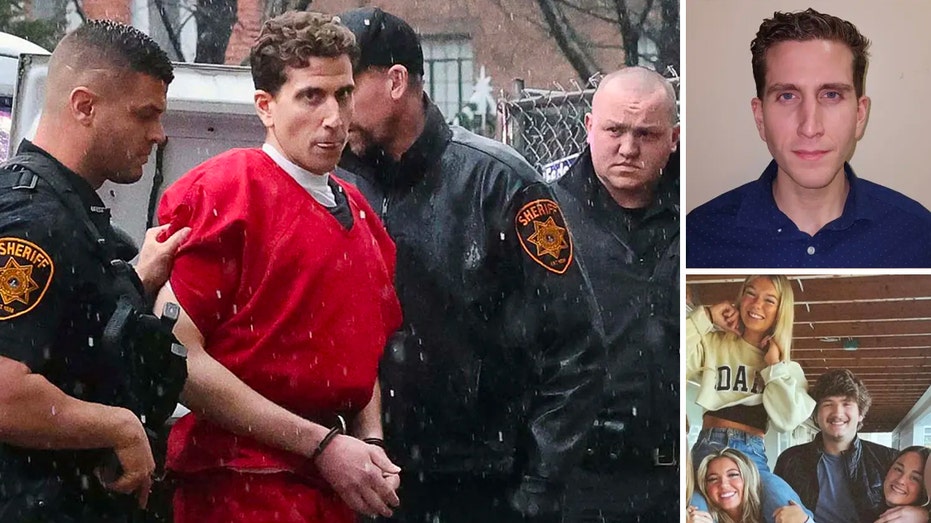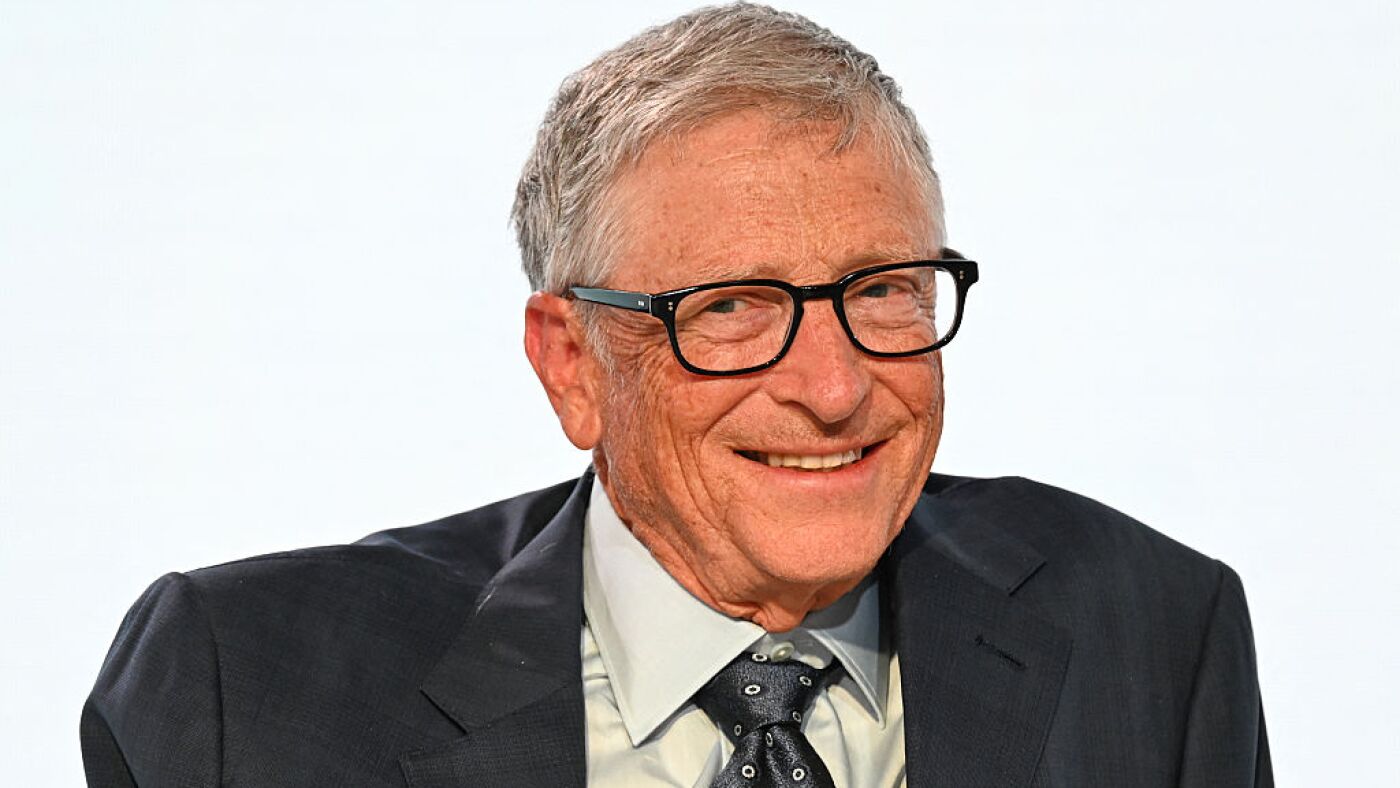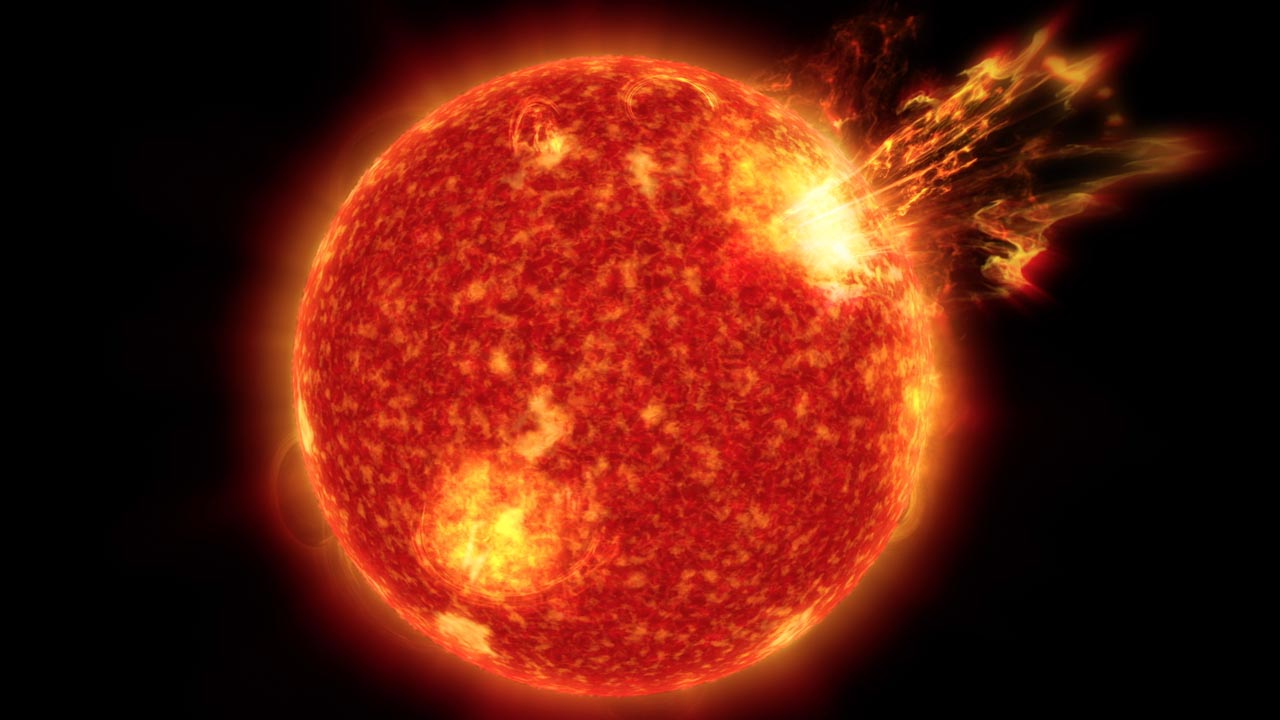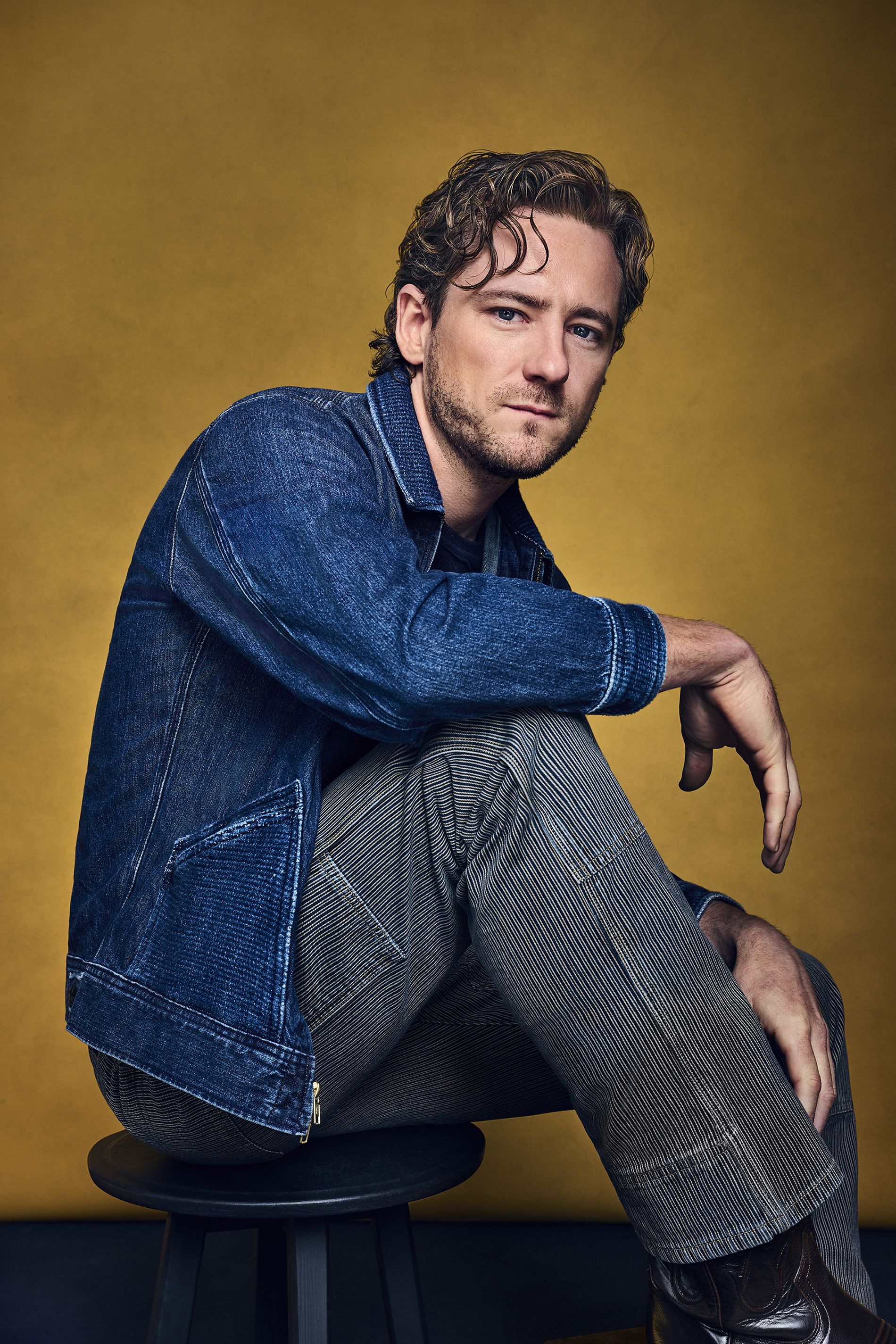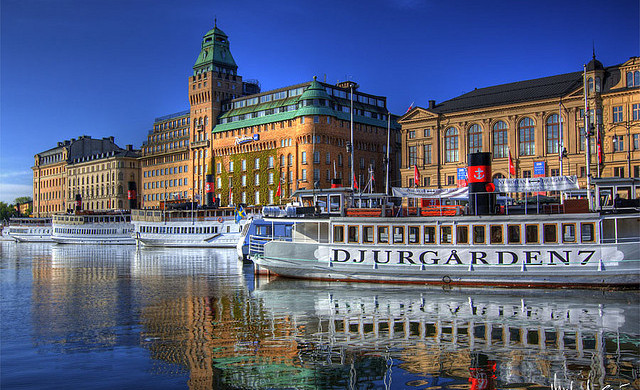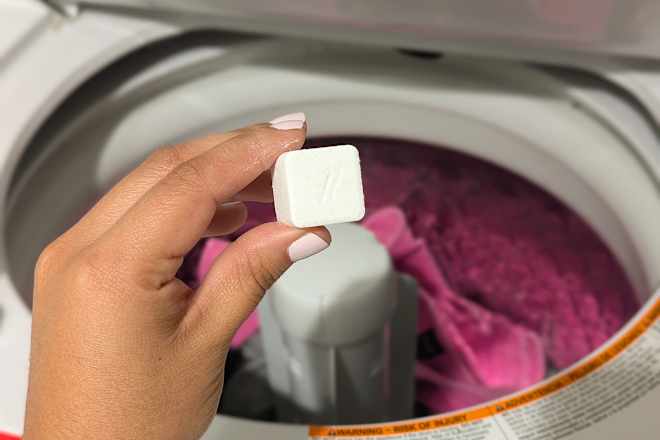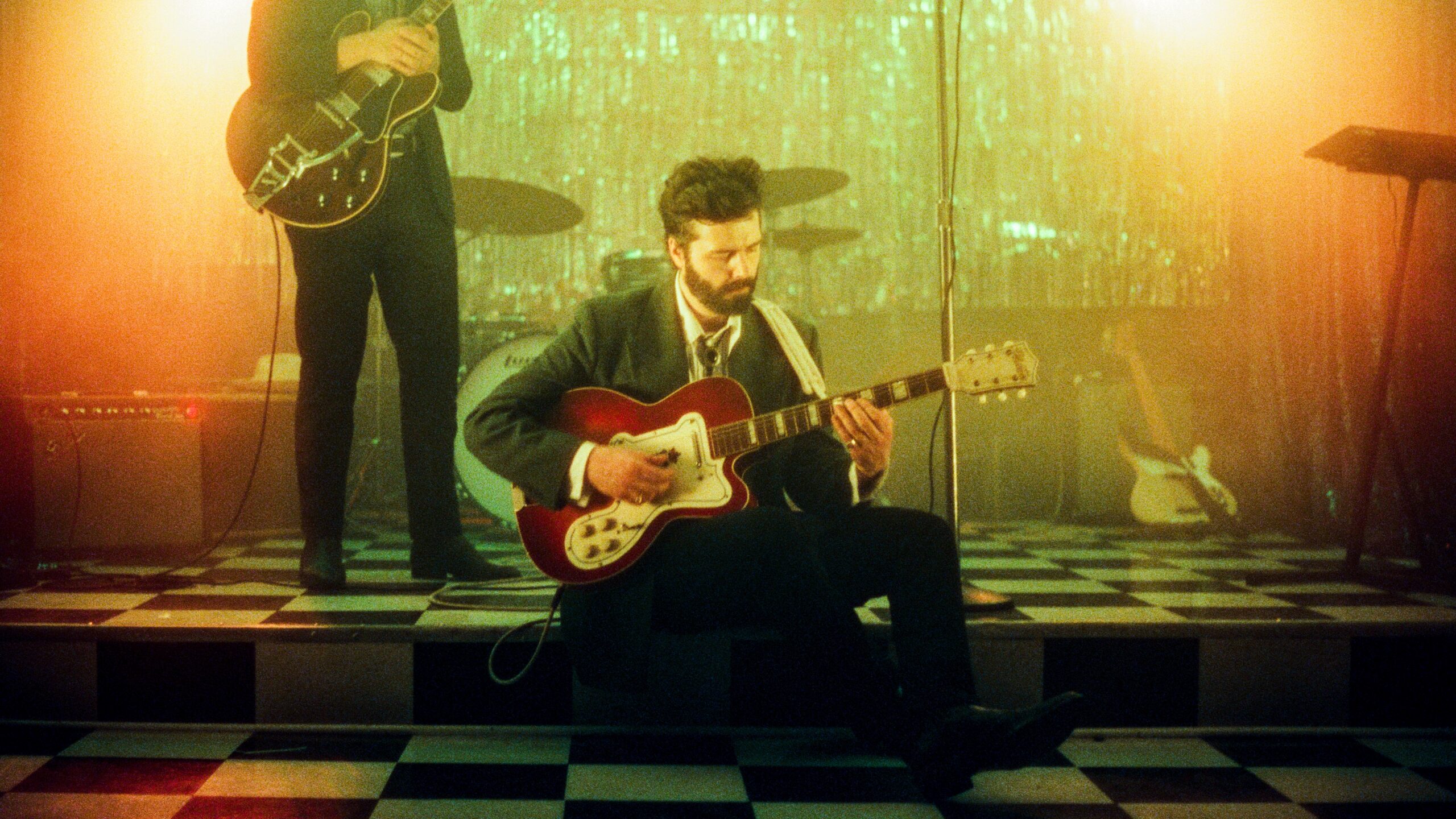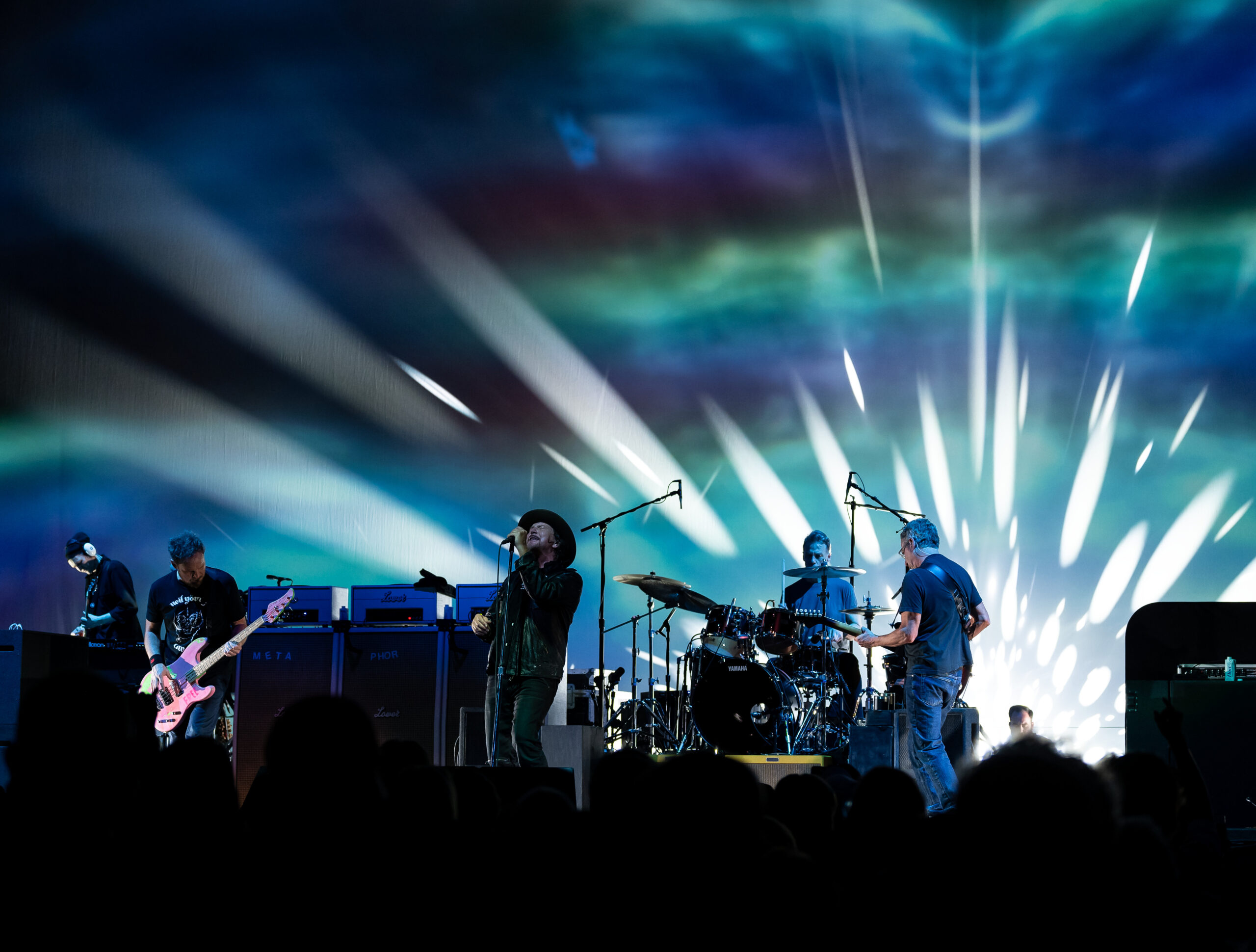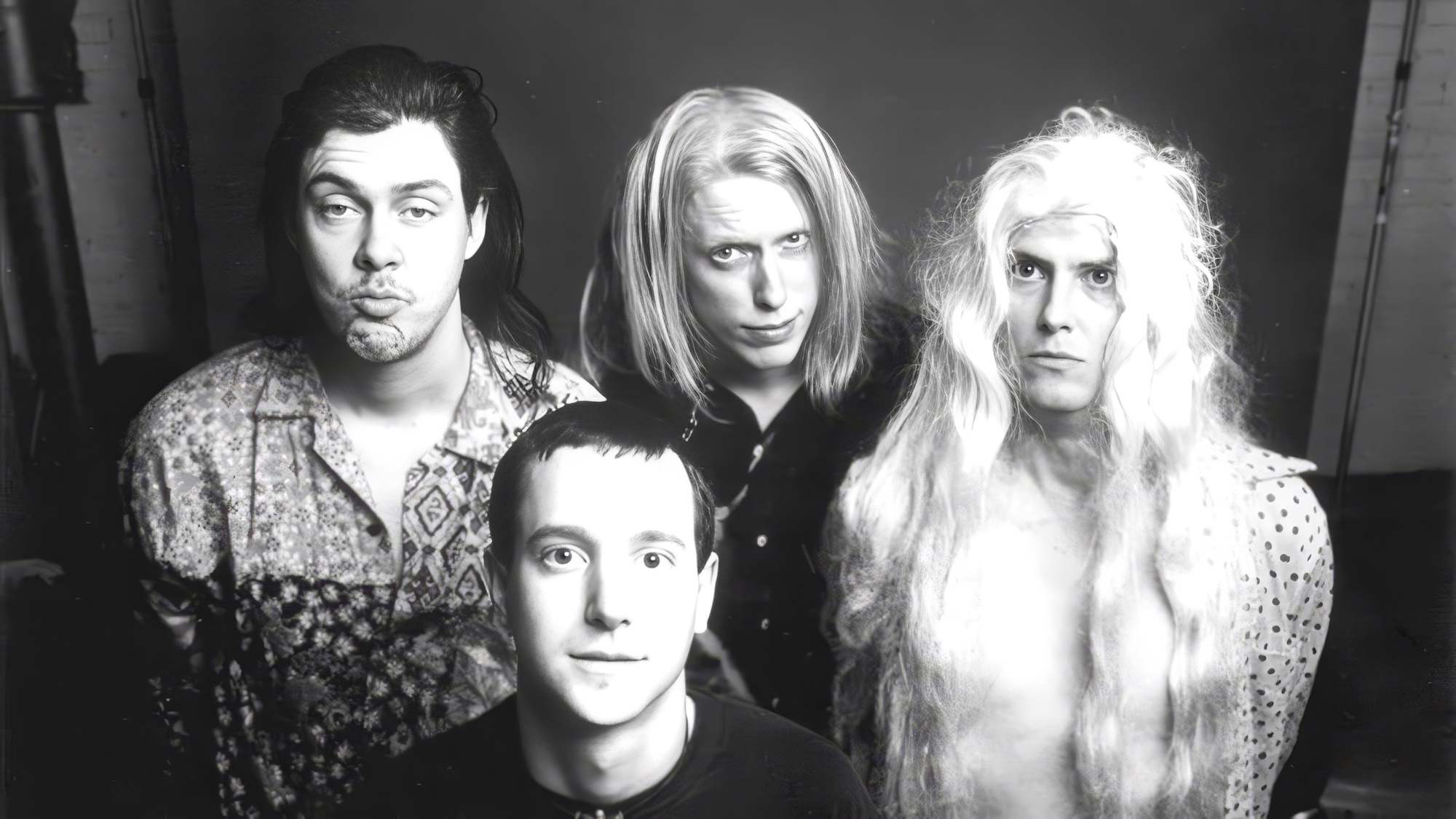Marvel TV Needs to Look to the Comics
The once mighty hero has fallen. Despite his amazing abilities, he pushed himself too far, his hubris was too great. And now, he risks defeat, more at his own hand than that of his enemies. That description might fit the penultimate episode of almost any of the Marvel Cinematic Universe shows streaming on Disney+, be […] The post Marvel TV Needs to Look to the Comics appeared first on Den of Geek.

The once mighty hero has fallen. Despite his amazing abilities, he pushed himself too far, his hubris was too great. And now, he risks defeat, more at his own hand than that of his enemies.
That description might fit the penultimate episode of almost any of the Marvel Cinematic Universe shows streaming on Disney+, be it The Falcon and the Winter Soldier, Ms. Marvel, or Daredevil: Born Again. But it also describes the MCU itself.
At the height of its powers, after Avengers: Endgame broke box office records and became a true cultural phenomenon, Marvel Studios added TV shows on Disney+ to its franchise canon. Some years later, fan interest and MCU quality have plummeted. This is more than just a mere case of correlation standing in for causation, as a recent Wall Street Journal article directly point to Disney’s insistence on television problems as a key factor in the franchise’s slide.
What to do now? According to inside leaker Jeff Sneider, who has a fairly strong track record for accuracy, Terry Matalas’s Vision will be the last show to feature characters from the movies. Counterintuitive as it might seem, separating from the movies is exactly what Marvel Television needs right now. Moreover, it’s something they should have known, based on their own history of successful comics.
Previously, On Marvel TV…
For seven episodes, we thought we had it made. WandaVision, the first MCU series to debut on Disney+, didn’t just try to recreate the adventures of movie heroes in a different medium. It engaged with television as a form itself, with each of the first seven episodes borrowing from a different era of sitcoms. The series picked up on plot threads from the movies, dealing with the death of Vision in Infinity War and bringing back Darcy Lewis and Jimmy Woo from Thor and Ant-Man. But it integrated all of the elements holistically, contributing to the ongoing story while also developing character and themes.
And then Wanda and Agatha had a special effects laser battle. And then Monica Rambeau got superpowers all of a sudden, a clear set-up for further side stories. And then Doctor Strange in the Multiverse of Madness came out and Wanda was all crazy again, as if the conclusion of WandaVision never happened.
Worse, it turns out that WandaVision‘s problems weren’t an exception for Marvel TV. They were the rule. The later series rarely took advantage of the medium and its serialized nature. Instead, they awkwardly broke up the standard superhero narrative into six to eight pieces, killing any narrative momentum the story might gain, and that’s before the final episodes culminated in an unconvincing CGI battle.
In short, Marvel TV shows almost never act like televisions shows. Instead, they import the storytelling styles of their moves — which have their own problems — and break them up into episodes. Not only is this approach unsatisfying, it misses the opportunity to use television as a medium — a medium that feels an awful lot like superheroes’ original home, comic books.
A Very Special Issue
Think about the best moments in Marvel television. Kamala Khan goes back in time to rescue herself during Partition. The Loki variants double-cross one another. Matt Murdock and Wilson Fisk talk in a diner. Each of these moments stand alone, rarely advancing a major plot or building to a bigger story. The few times Marvel has tried to pull a shared universe stunt, like having Fox X-Men star Even Peters show up as Pietro Maximoff instead of MCU version Aaron Taylor-Johnson, it fell flat.
These moments work because they’re based in character instead of plot. They tell a complete story about that character’s situation, and they don’t rely on special effects or pyrotechnics to pull it off.
Of course, the shared universe model that once made the MCU so special came originally from the comics, in which editor and spokesperson Stan Lee presented Spider-Man and the Avengers as part of a single coherent narrative.
But the publisher never really forgot about telling small stories at the same time, whether they be in one-shots, anthologies, or miniseries. Marvel would break from the giant on-going shared universe narrative to introduce a new character on the fringes or spend time developing a character that gets overlooked in other books.
One of the most famous examples came with the Wolverine miniseries from 1982, written by Chris Claremont and penciled by Frank Miller. By 1982, Wolverine had gone from a minor Hulk antagonist that Claremont wanted to kill off to one of the most exciting figures in Uncanny X-Men, then the only ongoing about Marvel’s mutants. Recognizing that he needed more space to do justice for Wolverine (and at the behest of Marvel, who already realized what a money-maker they had on their hands), Claremont spun Wolverine of into a solo four-issue series.
The series builds on Wolverine’s love of Japanese culture, something seeded in issues of Uncanny X-Men. And later stories in other series picked up on the plotlines of the miniseries. But within those four issues, Wolverine told a complete tale with beginning, middle, and end. It provided more pathos to the character than we’ve seen anywhere else, establishing him not just as a beastal tough guy, but as a man who wants nothing more than to be honorable.
Wolverine is one of the best miniseries Marvel ever produced, but its hardly the only one. Time and again, the comics know to slow down and let a character breathe, to give them smaller stakes and character arcs before once again shoving them into the shared universe.
These smaller stories don’t distract from the shared unvierse. They make it richer.
Next, On Marvel TV…
By this point, we’ve long heard rumblings about Marvel cutting back on television show production, just like they’ve done with their movies. While Daredevil: Born Again is afforded multiple re-writes and reshoots, Echo and the upcoming Ironheart seem to be getting dumped onto the streamer, a relic of an old regime.
But it’s clear that Marvel isn’t forgetting about television altogether, even breaking off Marvel Television into its own studio.
And that’s a good thing. For all the wonder of the movies, they’ve proven to be a poor medium for the type of character-building we want from these heroes. For examples, see how Hulk apparently figured out the post-Thanos conflict between the monster and Banner in an off-screen conversation.
Television is the perfect place to do that type of character work or to play with different genres, breaking away from the standard arc that the movies have established. It’s the place to get a proper courtroom drama or sitcom within the Marvel Universe, something that She-Hulk: Attorney at Law hinted at, but still needed a throw-down with a big bad.
Comics have been doing that for decades. If Marvel Television can take a hint from Marvel Comics, then the MCU might actually have its expected third-act revival and win the day again.
The post Marvel TV Needs to Look to the Comics appeared first on Den of Geek.

